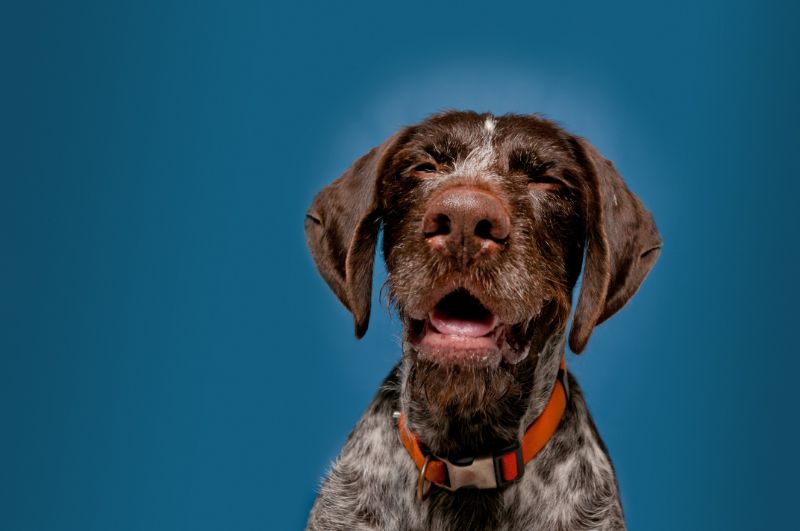Nutritious or Nonsense: The Facts About Fad Diets for Dogs

If you peruse the pet food aisle at your favored pet supply store, you may notice that there are a multitude of brands and diets that claim to be the healthiest diet around. But are they any better than a standard commercial diet for your dog?
Our pets are of great importance to us and, of course, we want to give them excellent nutrition with quality ingredients and all of the vitamins and minerals they need. So, it’s natural to want to feed your best friend the highest quality in dog food.
The team at Mobile Vet MD wants to help you separate fact from fiction when it comes to fad diets for dogs so we can get to the button of which food options are best for your pet.
The Grain-Free Dog Diet
Over the past few years, grain-free diets have exploded in popularity with many pet owners. This rise of the grain-free dog food trend is partly due to the fact that gluten-free is trendy with us. It isn’t a stretch to assume that if grains cause digestive issues and other troubles in pet owners, maybe this is true for pets. Not necessarily, though.
Most pets tolerate grains without any issues at all. There are some dogs who are indeed allergic to grains, but these food allergies can be isolated and addressed in this small population. It may come as a surprise, but most food allergies are caused by meat, eggs, soy, and corn, among other ingredients, rather than grains.
The FDA announced in 2019 that there is a link between grain-free diets that include lentils, peas, and other legumes and a certain type of heart disease in dogs.
This heart condition, called canine dilated cardiomyopathy (DCM), was found in certain breeds who eat grain-free diets. More needs to be done in terms of research, but pet owners should be aware of this finding.
Raw or B.A.R.F. Diets
Another trend in dog nutrition is the raw diet. Bone and Raw Food and Biologically Appropriate Raw Food (BARF) are not necessarily bad for your dog, but there is no proof they are better, either.
The concept behind the raw diet is that it is closer to your pet’s wild ancestors’ diet. But just because wolves eat primarily meat and, of course, raw meat, this doesn’t mean that it is better for domestic canines. The domestication process in dogs has occurred over thousands of years and their diet has also changed along the way, which is why dogs are not harmed by eating a wide range of things.
Eating a raw diet can also expose your pet to listeria, salmonella, campylobacter, and E.coli. Working with raw meat should also cause pet owners to use precautions to prevent illnesses from affecting your family, such as wearing gloves and cleaning counters and bowls with disinfectant.
DIY Dog Diets
Those who enjoy cooking can get behind the idea of making their furry loved one’s food. This can be a great way to know what your pet eats because you know what is included in the ingredients. The quality is also something you can control by selecting the freshest produce and whenever possible, organic meats, vegetables, and fruits.
Unfortunately, some nutrients that are essential to your pet’s diet don’t get included. From a study completed by UC Davis, 83% of homemade diets exclude multiple essential elements to complete nutrition. It’s important to discuss any homemade diets with your veterinarian before using DIY meals exclusively for your pup.
Fad Diets for Dogs
There are several new diets and trends in dog food that come up each year. Some of them can have benefits to pets that require different nutritional needs. Commercial diets are formulated to meet the needs of the majority of dogs and are quality-assured through AAFCO, an agency that oversees and regulates pet food, which considers all of the nutritional needs for a canine diet.
If you would like more information on your pet’s nutritional needs, please contact us.
